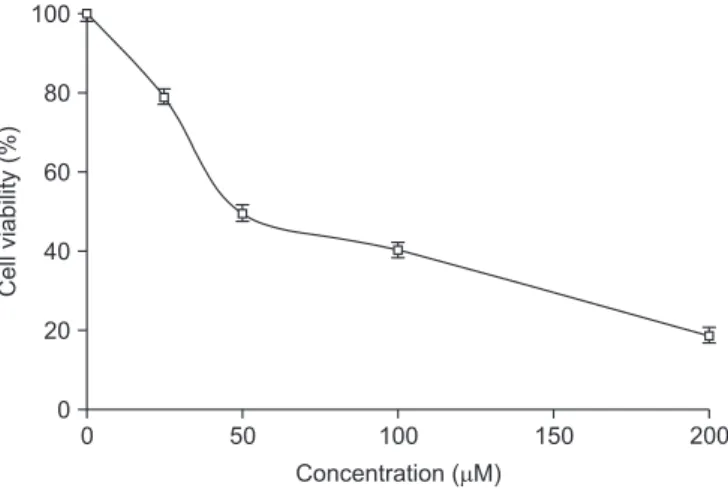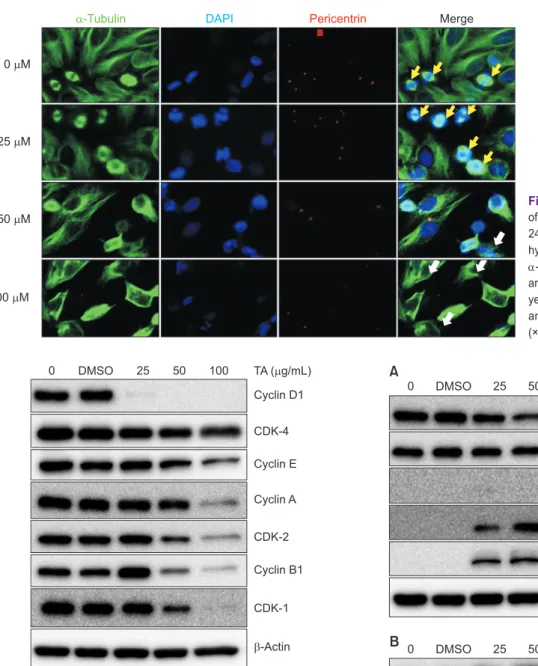Introduction
Head and neck squamous cell carcinoma (HNSCC) is a group of cancer mostly arising in head and the region comprising epithelial layer of oral cavity, nasal cavity, larynx and pharynx [1,2]. It is not clear what causes the mutations in squamous cells leading to HNSCC but alcohol use and tobacco smoking have been identified as risk factors. Statistical research in the UK showed that more than 75% of mouth and oropharyngeal cancers are attributed to the consumption of alcohol and to- bacco [3,4]. In addition these factors have synergistic effects that people who use both alcohol and tobacco are at higher
risk of oral cancer because alcohol has dehydrating effect on cell membrane inducing specific carcinogens in tobacco to be absorbed into oral cells [5]. Other risk factors which contribute to the incidence of HNSCC in community include human papil- loma virus infection, chronic immunodeficiency and exces- sive sunlight exposure [3]. Despite the extensive efforts for early diagnosis and development in therapeutics, over half of patients with HNSCC were diagnosed at advanced stage and high proportion of them developed cancer [6]. Conventional treatment was not successful in improving five-year survival rate of HNSCC patients which remains in the ranges of 40% to 50%. Surgery or radiotherapy was applied for the treatment of Int J Oral Biol 44:43-49, 2019
pISSN: 1226-7155 • eISSN: 2287-6618 https://doi.org/10.11620/IJOB.2019.44.2.43
Tannic acid-induced apoptosis in FaDu hypopharyngeal squamous cell carcinoma
Loan Thi Ta 1 , Trang Thi Kieu Nguyen 2 , and Hoon Yoo 2 *
1 Institute of Biotechnology, Vietnam Academy of Science and Technology, Hanoi 1000, Vietnam
2 Department of Pharmacology and Dental Therapeutics, College of Dentistry, Chosun University, Gwangju 61452, Republic of Korea
Tannic acid (TA) is a water-soluble polyphenol compound found in various herbal plants. We investigated the chemopreventive effects of TA on FaDu hypopharyngeal squamous carcinoma cells. In an 3-(4,5-dimethylthiazol-2-yl)- 2,5-diphenyltetrazolium bromide (MTT) assay, TA showed dose-dependent cytotoxicity with a half maximal inhibitory concentration (IC50) of 50 µM. Cell cycle analysis and immunofluorescence imaging demonstrated that under low- dose (25 µM) treatment, FaDu cells were arrested in G2/M phase, and as the dose of TA was increased, apoptosis was induced with the increase of cell population at sub-G1 phase. The expressions of various cyclins, including cyclin D1 and cyclin-dependent kinases (CDK-1 and CDK-2), were down-regulated at low doses of TA, whereas apoptotic effectors such as cleaved caspase 3, cleaved caspase 7, and poly (ADP-ribose) polymerase (PARP) were expressed in a dose-dependent manner in Western blotting. In addition, TA-induced apoptosis of FaDu cells might be mediated by the extracellular signal-regulated kinase (ERK)/mitogen-activated protein kinase pathway, with the upregulation of p-AKT/p-PKB (phosphorylated protein kinase B) and p-ERK. Overall, our data support the hypothesis that TA is a potential candidate agent for the treatment of hypopharyngeal cancer.
Keywords: Apoptosis, Hypopharyngeal cancer, FaDu cells, Tannic acid
Received May 7, 2019; Revised June 5, 2019; Accepted June 6, 2019
*Correspondence to: Hoon Yoo, E-mail: hoon_yoo@chosun.ac.kr https://orcid.org/0000-0002-9249-1446 Copyright © The Korean Academy of Oral Biology
CC

